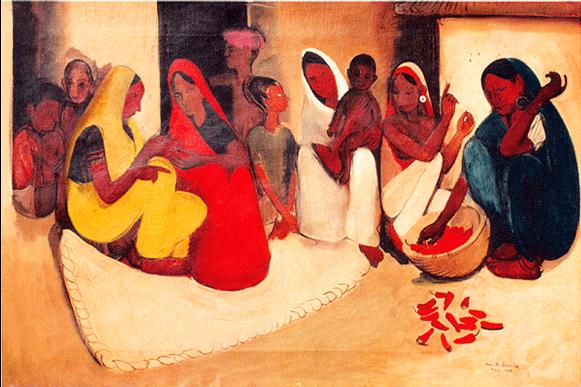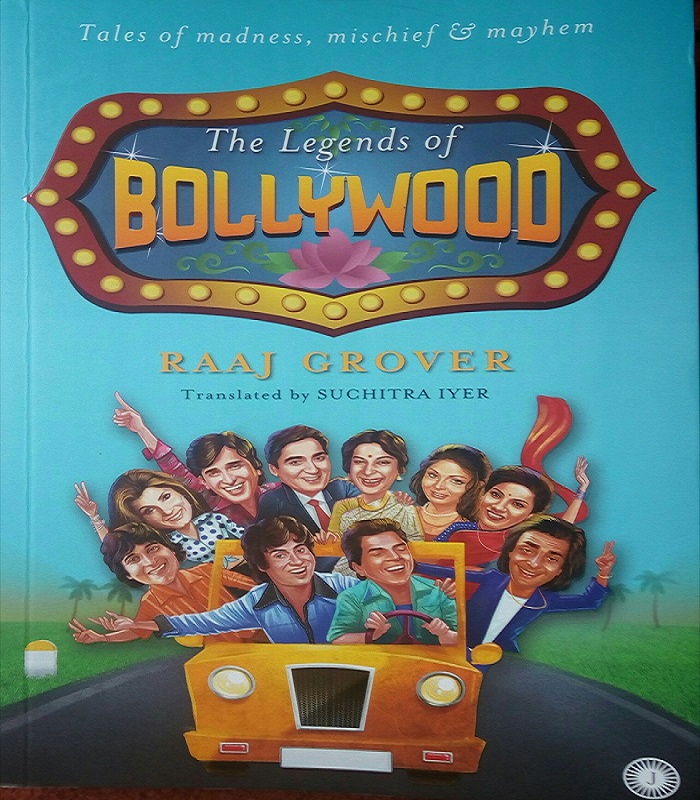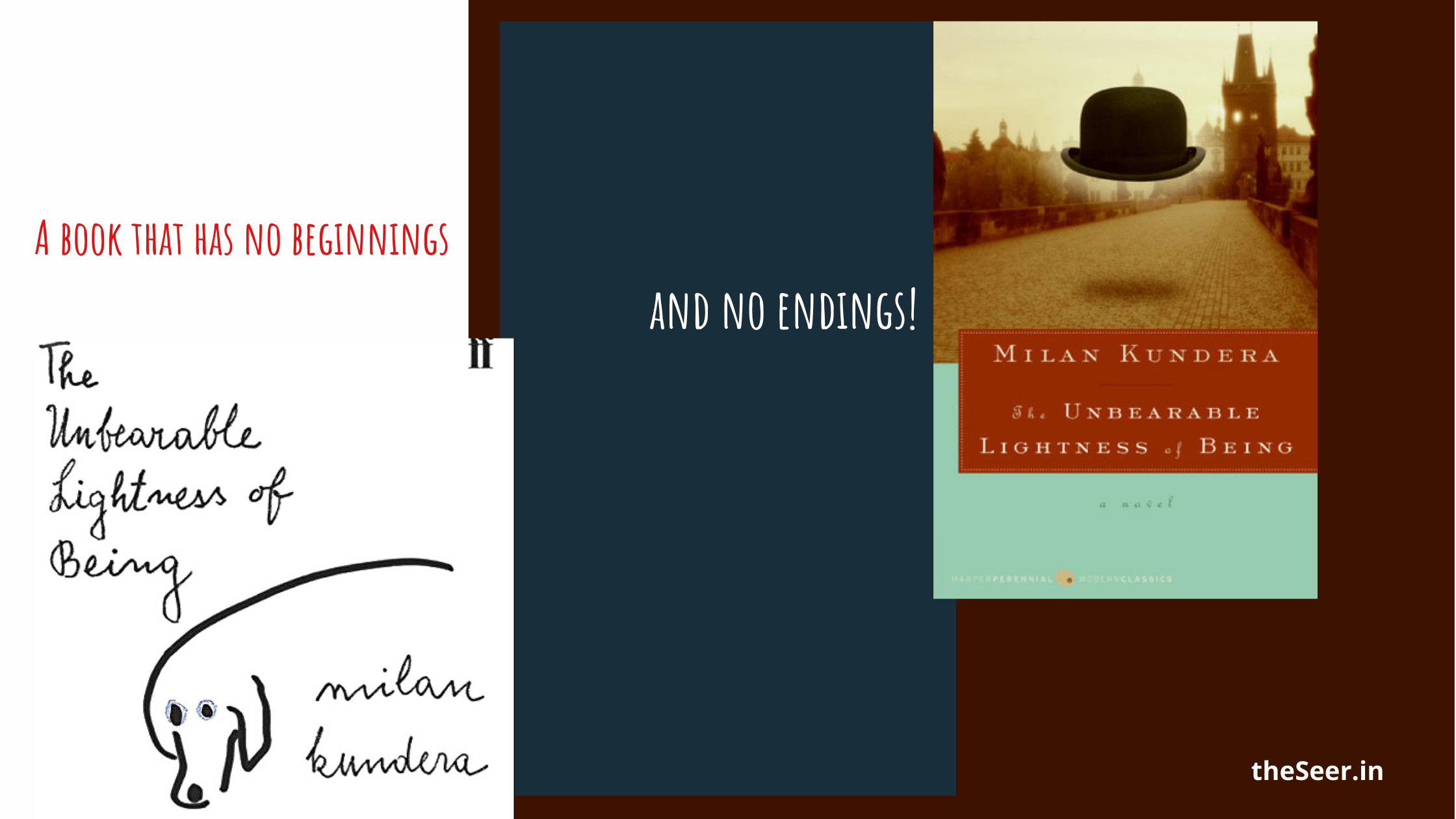Feminism vs Androboulon… Mansplaining vs Muthos… Minorities vs Herland…
Linguists dabbling in irony might consider Mary Beard’s name itself a dichotomy. Mother Mary vs Mary Magdelene is the classic example of the patriarchal narrative between mother and whore. As she writes about Women and Power, Mary Beard draws similarly upon classical narratives as ancient as the Greeks to the Trump era of ‘presidential’ expressions such as “Grabbing the Pussy.” As Telemachus tells Penelope in the Greek classic, Odyssey, “Speech is the business of men.” Muthos or authoritative public speech as opposed to women’s chatting or gossiping requires androboulon (thinking as a man). In the new millennium, “Misogyny in politics or in the workplace” has extended to digital discourse. Even as male dominance is frequently exercised in the world of Wikipedia contributors, the contemporary version of mansplaining is adequately being countered by feminists and female-identifying persons alike.
As Beard examines the dilemma of women’s voice and representation by drawing on allegorical references in historical records and contemporary discourse, the trajectory of patriarchal continuance is highlighted from overt declarations to subliminal disavowal of women’s right to expression or a rightful place in society’s power hierarchies. “Gendered speaking” is probably most obvious in male opposition to Miss Triggs’ suggestion in the corporate boardroom, a fact recently depicted in the Stranger Things as Nancy pitches a story during the local newspaper’s daily briefing. “Do words matter?” Beard asks and replies, “they do because the underpinning idiom that acts to remove the authority, the force, even the humour of what women have to say… effectively repositions women to the domestic sphere devoid of muthos.”
More relevant is ‘The Public Voice of Women’ in governance with Elizabeth Warren disallowed from reading Coretta Scott King’s letter during the Senatorial debate, and the Afghan government reportedly turning off mics in Parliament when they don’t want to hear the women speak. This despite the fact that women in power frequently seek to subvert expectations of feminine fashion with “regulation trouser suits” in an attempt “similar to lowering the timbre” for that muthos tone.
Based on two lectures by Beard in 2014 and 2017 respectively, Women and Power explores the reasons why “conventional definitions of power, knowledge, expertise, and authority exclude women?” Simultaneously, the authority of women in power are diminished by portrayals such as Thatcher hitting with handbags, or Trump as Perseus holding the Medusa Hillary head.
Of course, the author does consider that in Twitterland, “women are not the only ones who may feel themselves voiceless.” Those who consider intersectionality as crucial to understanding the deeper connections between micro-aggressions and public hostility would argue minorities within minorities combine with shared sociocultural experiences to provide a framework of public discourse and private interactions. Beard argues that, “We should be thinking more about the fault lines and fractures that underlie dominant male discourse.”
“Shared metaphors of women’s access to power represent exteriority – ‘knocking on the door,’ ‘storming the citadel,’ or ‘smashing the glass ceiling.’” Even as UK newspapers announced “Women Prepare for a Power Grab in the Church, Police, and BBC,” the appointment of Cressida Dick as Met Commissioner could be argued as subliminal male acceptance due to the Commissioner’s last name. But that is feminism – questioning hierarchies of power in society, advocating for equal rights and opportunities, and ensuring a paradigm shift in conventional definitions of power and public authority.
Cover Photo by Chris Boland / www.chrisboland.com











